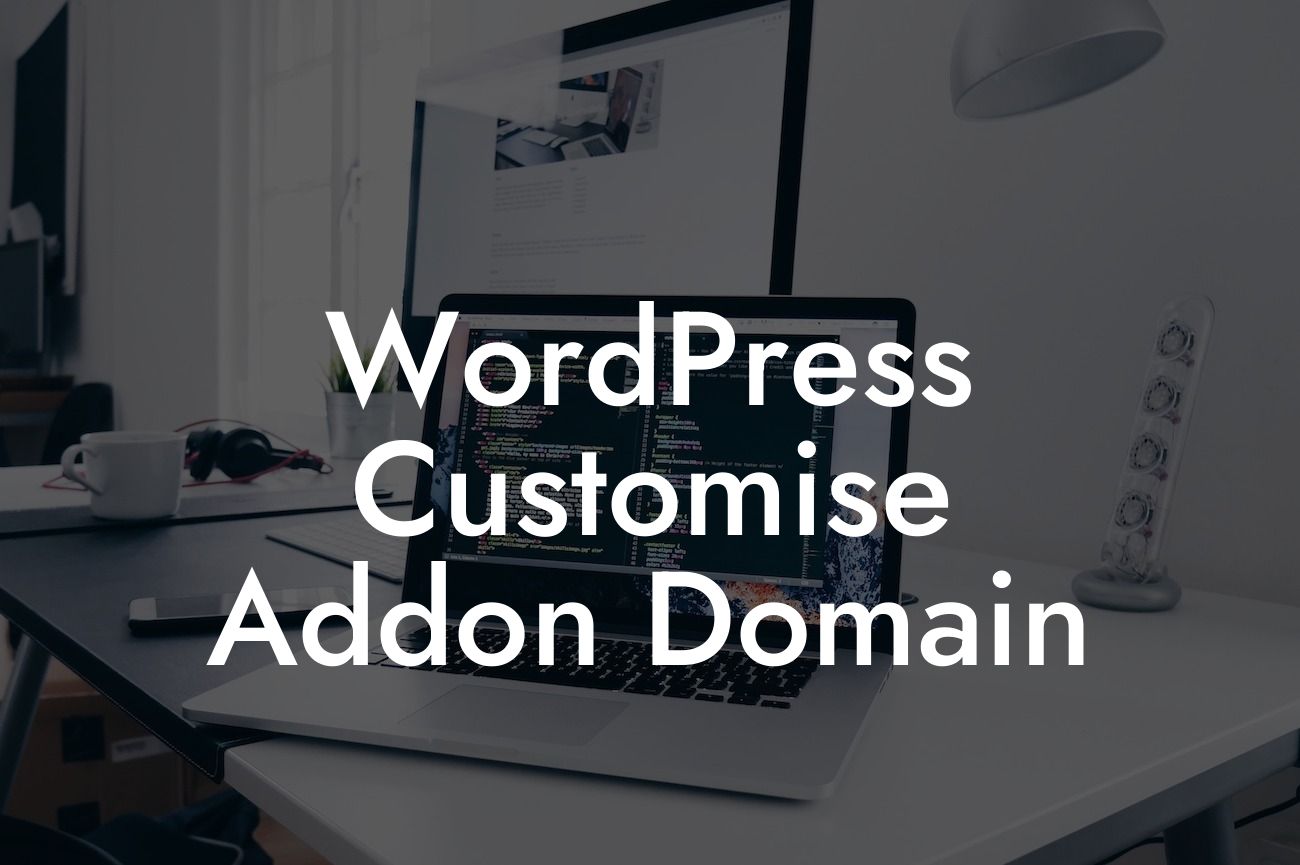---
WordPress is a powerful platform that allows small businesses and entrepreneurs to create stunning websites without the need for coding knowledge. However, sometimes you may want to customize your WordPress website further by adding an addon domain. This can help you expand your online presence and streamline your business operations. In this detailed guide, we will walk you through the process of customizing your WordPress website with an addon domain.
Adding an addon domain to your WordPress website can be a game-changer for your business. Not only does it allow you to create separate websites under the same hosting account, but it also enables you to better manage and market multiple business ventures. Here's a step-by-step guide on how to add an addon domain to your WordPress website:
1. Choose a Domain: The first step is to select a suitable domain for your addon website. Make sure it aligns with your business goals and reflects your branding.
2. Purchase Hosting: If you haven't already, purchase hosting that supports addon domains. Some popular hosting providers like Bluehost and SiteGround offer this feature.
Looking For a Custom QuickBook Integration?
3. Set up DNS: Once you have purchased hosting, you need to configure the DNS settings. This involves creating an A record and pointing it to the IP address provided by your hosting provider.
4. Create an Addon Domain: Access your hosting account's cPanel and locate the "Addon Domains" option. Choose this option and follow the instructions to create a new addon domain.
5. Install WordPress: After creating the addon domain, install WordPress on it. Many hosting providers offer one-click WordPress installations, making the process quick and hassle-free.
6. Configure WordPress: Once WordPress is installed on your new addon domain, log into the WordPress dashboard and configure the necessary settings. This includes choosing a theme, installing plugins, and setting up permalinks.
Wordpress Customise Addon Domain Example:
To illustrate the process, imagine you own a boutique clothing store called "FashionTrends." You already have a WordPress website for your physical store but want to launch an online store with a separate domain. By following the steps above, you can create an addon domain for your online store, such as "shop.fashiontrends.com." This allows you to manage both websites through one hosting account while keeping them distinct.
Congratulations! You now have a better understanding of how to customize your WordPress website by adding an addon domain. This powerful technique can help you expand your online presence and efficiently manage multiple websites. Remember to explore other engaging guides on DamnWoo and try one of our awesome WordPress plugins to further elevate your website's success. Don't forget to share this article with others who may find it helpful in their WordPress journey.













